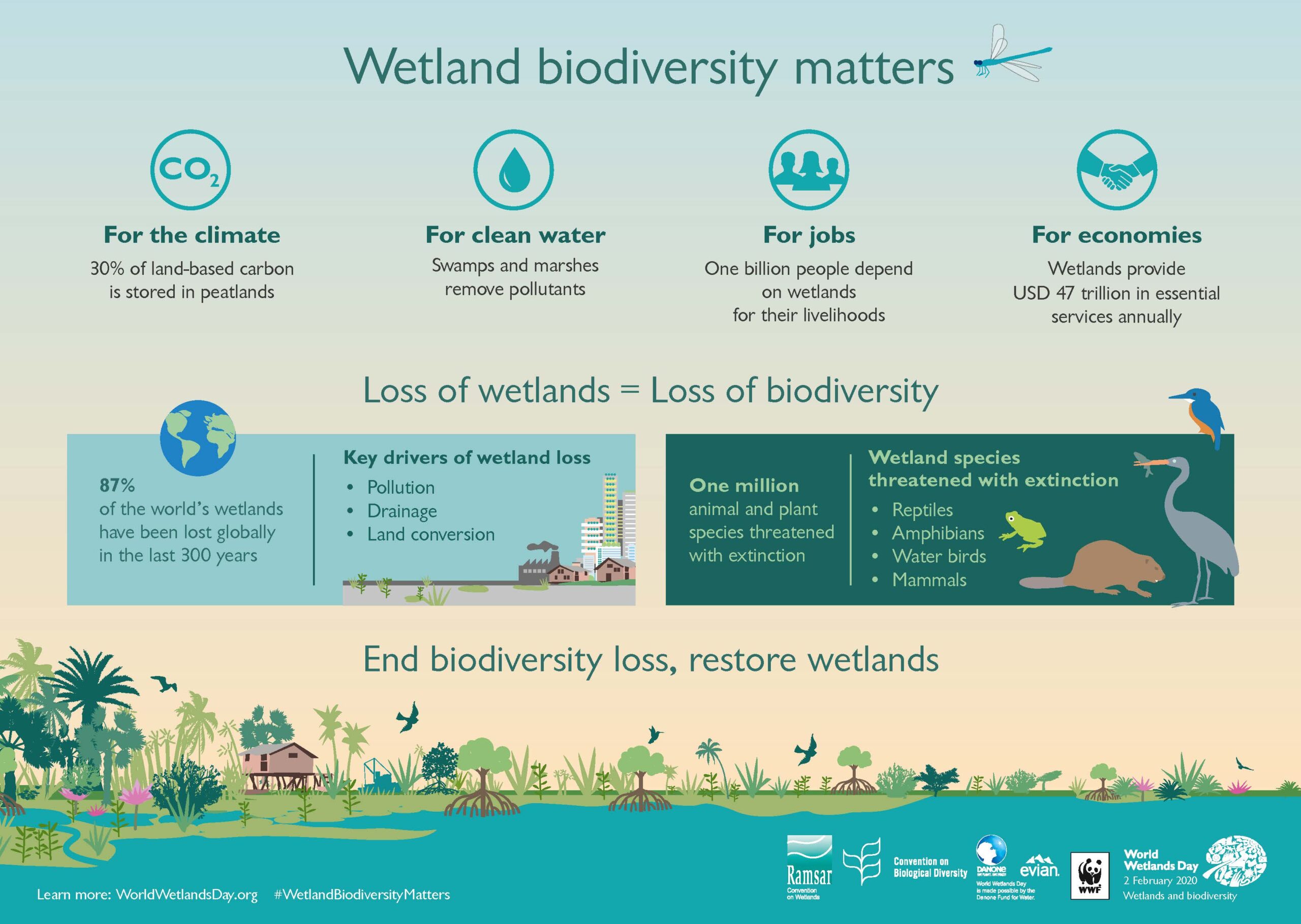In celebration of World Wetlands Day, February 2, we invite you to enjoy this article on wetlands by our own Natural Resource Manager, Dave Margolis.
Wetlands are by definition not one type of a water-holding natural habitat. They can be easy to spot, such as a lake or pond, or difficult, such as a marsh or wet prairie. The historic lay of the land, or topography, dictated how wetlands, prairies, and woodlands evolved. A wetland can be a permanent body of water, semi-permanent/intermittent and in some cases, a sort of wet/dry habitat, exhibiting plants that can survive wet feet, or dry.
In our own backyards here in Oswego there is the Bartlett Prairie Wetlands. Bartlett Prairie Wetlands, at its most northern boundary connects to Morgan Creek Prairie Wetlands which continues south to Morgan Creek. Morgan Creek then traverses easterly to the Fox River.
This particular area in total is actually a conglomerate of several different types of wetlands found in the Midwest. At its easiest to identify, Bartlett Prairie Wetlands was dug out for an open water retention basin.
In that open water area, and along the banks are aquatic plants that grow directly out of the water, some that grow in the wet, muddy banks, and some plants that grow away from the banks in the saturated soils. In the drier, upland clay soils the wetland plants give way to tallgrass prairie plants. This is in response to thousands of years of adapting to certain aquatic habitats and soil characteristics
In an undisturbed state, wetlands are composed of several types of wet to dry habitats. Depending on the lay of the land, there can be a mix of wet areas, potholes, uplands, and wet-dry areas all interlaced within a larger picture.
Such is the way with Bartlett Prairie Wetland. There is a definitive series of boundaries that make up the complex mosaic of the area, from standing water to dry areas. Just as the land surveyors of the early 1800s found, they could be trudging at once through knee-deep water, and suddenly be on dry land and then back into some mucky, peaty soil. Again, the lay of the land dictated what kind of soil evolved and what plants evolved to grow in those varied habitats.
So the moral of the story is; upon further review, a wetland can hold many diverse and surprising characteristics that on casual observation are hidden unless really explored.








